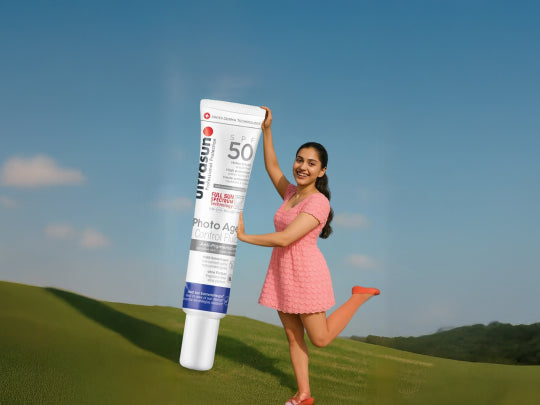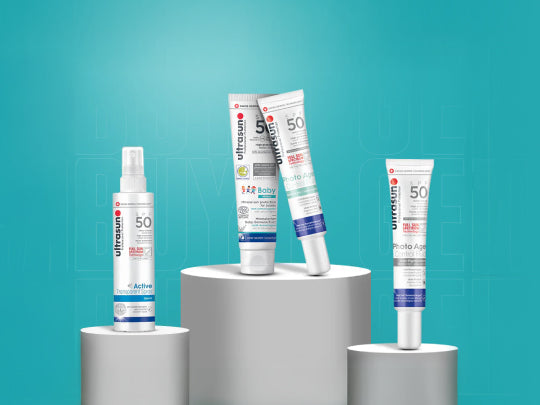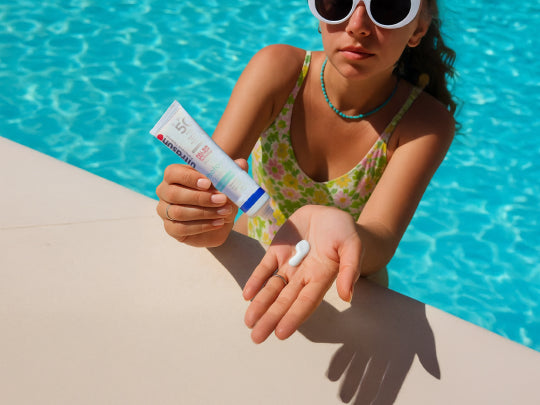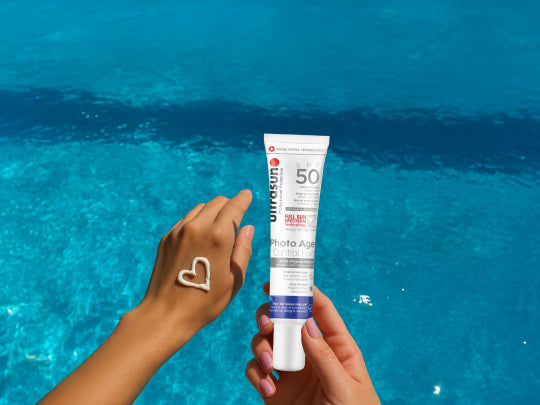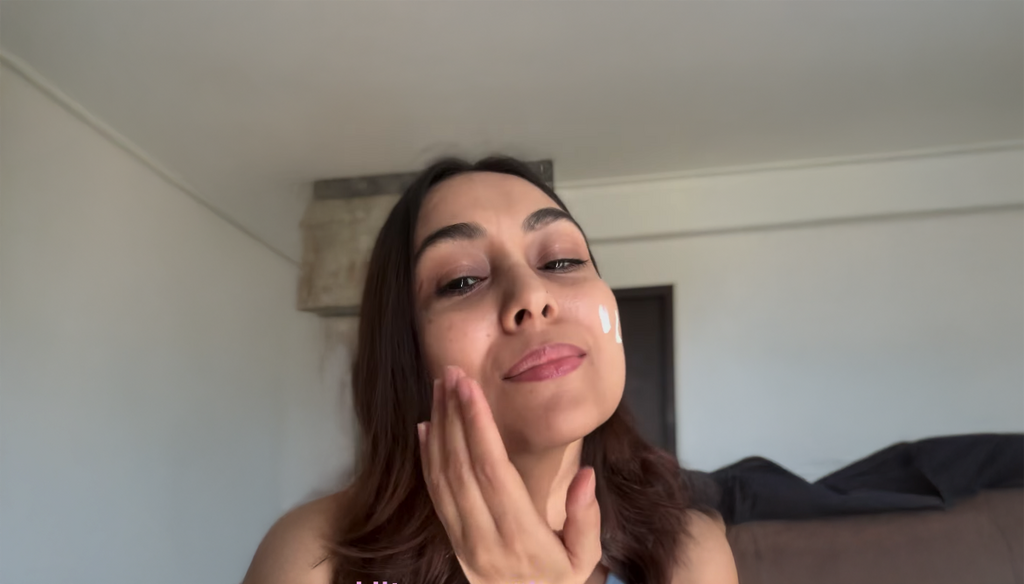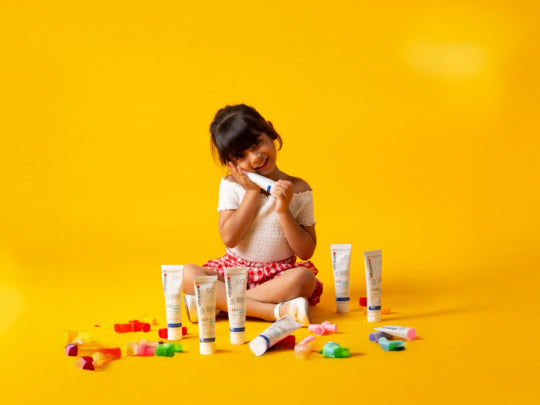The Importance of Sun Protection for Young Skin
Summer is synonymous with outdoor adventures and sunny playdates, however, it additionally brings the need for diligent solar safety, especially for younger ones. Children’s pores and skin are delicate and more liable to the harmful consequences of ultraviolet (UV) radiation. Overexposure to the sun can result in painful sunburns and increase the chance of pores and skin cancer later in life. Therefore, safeguarding your toddler's skin with the proper sunscreen is critical.
Why Mineral Sunscreens are Ideal for Babies and Kids
When deciding on Mineral sunscreen for Babies and kids, mineral sunscreens end up being the preferred desire for many dads and moms. These sunscreens comprise energetic mineral components like zinc oxide and titanium dioxide, which sit down on the pinnacle of the skin and replicate UV rays away. Unlike chemical sunscreens that absorb into the pores and skin and neutralize UV rays, mineral sunscreens offer a physical barrier that is less in all likelihood to motivate infection, making them perfect for touchy younger pores and skin.
Understanding Mineral Sunscreen
What is Mineral Sunscreen?
Mineral sunscreen, or physical sunscreen, uses naturally occurring minerals to dam and scatter the sun's rays. The primary components, zinc oxide and titanium dioxide offer wide-spectrum protection towards both UVA and UVB rays. These minerals are finely milled and suspended in a lotion, cream, or spray, developing a shielding layer on the pores and skin.
Benefits of Mineral Sunscreens Over Chemical Sunscreens
Firstly, they start to paint immediately upon utility, whereas chemical sunscreens take about 20 minutes to become effective. Additionally, mineral sunscreens are less possibly to cause pores and skin irritation or allergies, a sizable attention for children's sensitive skin. They additionally tend to be extra environmentally friendly, as they do now not include harmful chemical substances like oxybenzone or octinoxate, which can be recognized to damage coral reefs.
Key Ingredients to Look For
Zinc Oxide: The Gentle Protector
Zinc oxide is a celeb element in mineral sunscreens. It provides vast-spectrum safety and is mild sufficient for even the most sensitive skin sorts. Zinc oxide is non-comedogenic, which means it does not clog pores, and it has anti-inflammatory homes that can soothe the skin.
This makes it an amazing choice for children, particularly those with eczema or other skin conditions.
Titanium Dioxide: The Trusted Shield
Titanium dioxide is another key player in mineral sunscreens. It is pretty effective at blocking UVB rays and offers good UVA protection as properly. Titanium dioxide is known for its lightweight texture and is often utilized in sunscreens for toddlers and kids as it spreads easily and leaves minimal residue. Together with zinc oxide, it paperwork a sturdy protection against the solar's harmful rays.
Choosing the Right Sunscreen for Your Child
SPF and PA Ratings: What Do They Mean?
When deciding on a sunscreen, expertise SPF (Sun Protection Factor) and PA (Protection Grade of UVA) rankings is vital. SPF measures the extent of protection against UVB rays, which can be by and large accountable for sunburn. For kids, a sunscreen with an SPF of 30 to 50 is suggested. PA rankings, indicated via plus symptoms (e.g., PA++, PA+++), denote the extent of protection against UVA rays, which purpose long-term period skin damage. Opt for a sunscreen with a high PA rating for comprehensive insurance.
Formulation Matters: Lotions, Sticks, and Sprays
The components of sunscreen can affect its ease of use and effectiveness. Lotions are flexible and offer thorough insurance, making them appropriate for large regions of the frame. Sticks are handy for targeted utility on the face, ears, and different sensitive areas. Sprays can be brief and easy to apply, mainly for wriggly babies, but make sure even coverage to keep away from neglected spots. Choose a system that fits your baby’s desires and your application choices.
Tips for Applying Sunscreen on Babies and Kids
Making Sunscreen Application Fun
Applying sunscreen doesn’t ought to be a chore. Turn it into an amusing and engaging routine by letting your toddler take part. Use a colorful, smooth-to-use stick or a fun-patterned lotion bottle to seize their interest. Sing a silly track or make a recreation out of the technique to hold them entertained even as making sure they may be correctly covered.
Reapplication: How Often and How Much
Reapplying sunscreen is important, specifically after swimming, sweating, or toweling off. For optimum protection, reapply every hour. Use a generous amount – approximately one ounce (a shot glass complete) to cover the complete body of a young toddler. Be thorough in protecting all exposed regions, together with the ears, back of the neck, and tops of the toes.
Addressing Common Concerns and Allergies
Parents regularly fear approximately capable allergic reactions or unfavorable reactions to sunscreen. To mitigate those worries, behavior a patch test with the aid of applying a small amount of sunscreen to your child’s internal wrist and waiting 24 hours to check for any reaction. If your toddler has precise pores and skin conditions, visit a pediatric dermatologist to select the safest and most effective sunscreen for their needs.
By following those recommendations and deciding on the right mineral sunscreen, you could make sure that your little ones enjoy their summer adventures properly and without compromising their sensitive pores and skin. Prioritize sun protection as part of your everyday ordinary, and also you’ll help lay the foundation for a lifetime of healthy pores and skin.
Read More...


